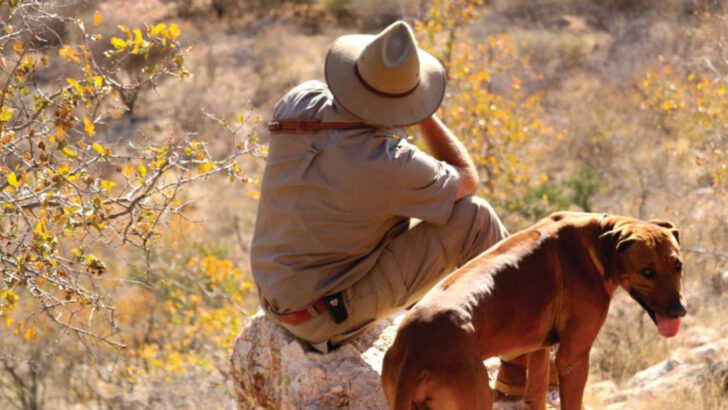Not every hunting dog is a hero in the field—some are all bark, no bird.
While some breeds charge through brush with laser focus, others get distracted by butterflies, nap mid-trail, or just flat-out refuse to fetch. The hunting world is full of legends—but not every dog on the list lives up to it.
And yes, some of them look the part. Muscular, alert, born to run. But behind those intense eyes might be a stubborn streak, a sensitive stomach, or a total lack of interest in, well… hunting.
From high-maintenance temperaments to training nightmares, these 15 breeds might leave you second-guessing their reputation.
They may be loveable, loyal, and full of personality—but in the field? They might just miss the mark.
English Pointer
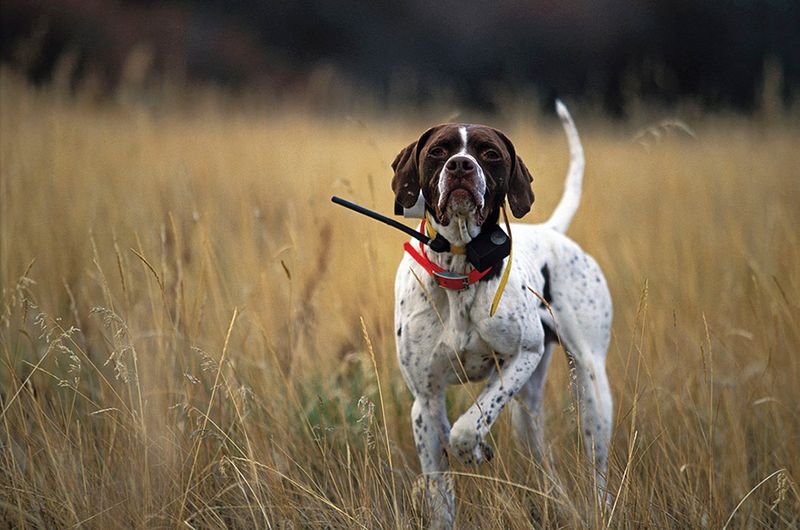
The English Pointer is renowned for its pointing skills. Yet, these dogs often struggle with obedience. Despite their natural instincts, they require extensive training to respond effectively in the field.
Energetic and sometimes stubborn, Pointers can be challenging for inexperienced handlers. Their high energy levels demand regular, vigorous exercise. Without it, they may become restless and difficult to manage.
Interestingly, their sensitivity makes them unsuitable for harsh training methods. Patience and positive reinforcement are key.
Did you know? This breed traces its roots back to the 17th century, often used for hunting birds.
Weimaraner

With striking silver coats, Weimaraners are visually impressive. Yet, their spirited nature can be overwhelming. Known as the “ghost dogs” for their stealth, they require constant mental and physical stimulation.
These dogs often develop separation anxiety, making them less practical for hunters away for long periods. Their intelligence, while a boon, means they can quickly become bored. This leads to destructive behaviors.
Historically bred in Germany for large game, they aren’t always the best fit for small game hunting.
Fun fact: Weimaraners are known for their expressive faces and distinct personalities.
Irish Setter
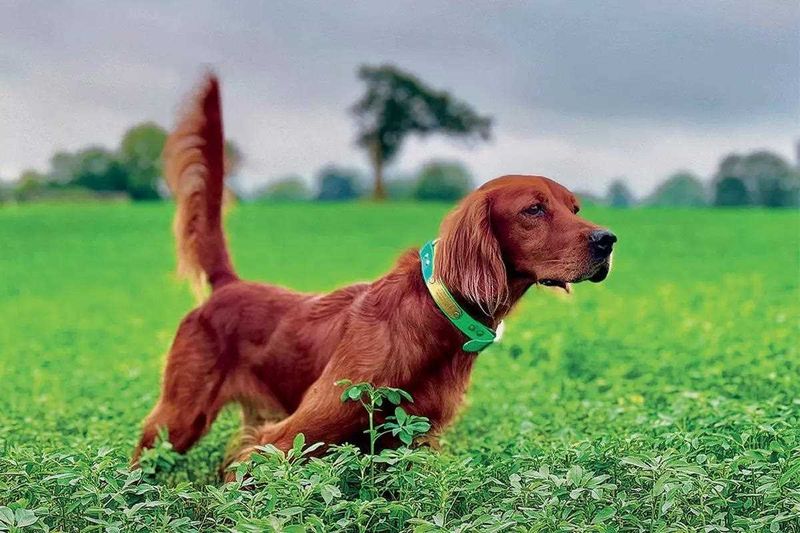
Sporting a gorgeous red coat, the Irish Setter is undeniably eye-catching. However, their beauty often overshadows their challenges as hunting companions.
These dogs are known for being distractible, making it difficult for them to focus in a hunting environment. Their playful nature, while endearing, can be a hindrance.
Additionally, they require consistent training and patience. Bred originally for hunting game birds, their exuberance can often lead them astray.
Did you know? The Irish Setter was a favorite among the aristocracy in the 19th century, valued more for appearance than hunting skill.
Basset Hound
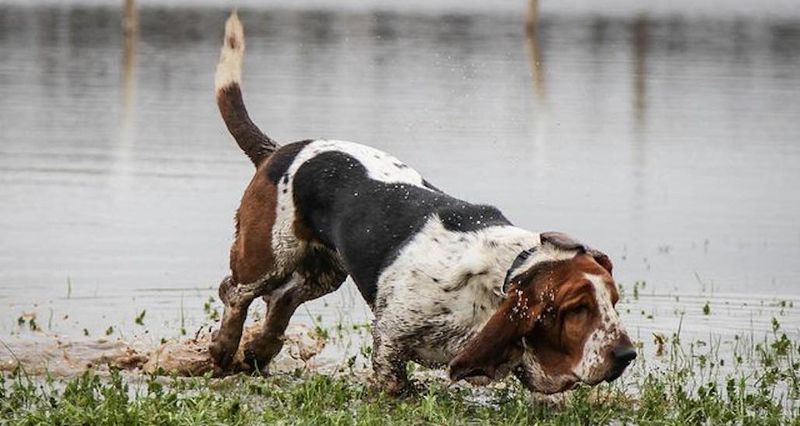
With their iconic droopy ears and mournful eyes, Basset Hounds are beloved by many. Yet, their hunting prowess may not match expectations.
Known for their incredible sense of smell, they can track scents well. However, their slow pace and stubborn nature make them less ideal for active hunting.
These hounds often prefer leisurely sniffing over swift pursuits. Originally bred for tracking hare, they lack the speed needed for other game.
Quirky fact: Despite being low to the ground, a Basset’s sense of smell is second only to the Bloodhound.
Afghan Hound
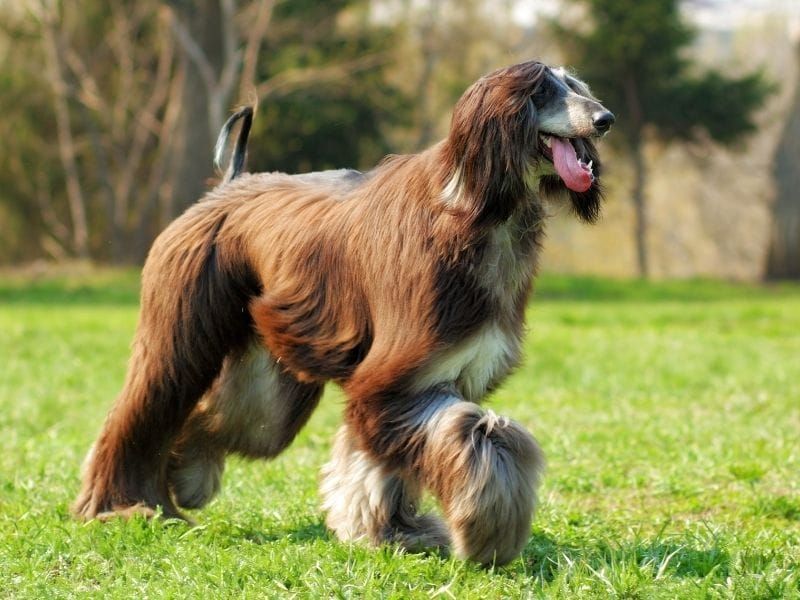
Elegant and aristocratic, the Afghan Hound is known for its beauty rather than its hunting capabilities. Their aloof nature and independence often clash with hunting requirements.
These dogs can be aloof and difficult to train. They tend to chase anything that piques their interest, often disregarding commands. This makes them unreliable hunting partners.
Afghans were originally bred to hunt in the mountainous terrains of Afghanistan. Their stunning appearance often draws attention away from their practical hunting limitations.
Fun fact: The Afghan Hound’s coat requires extensive grooming to maintain its glossy sheen.
Dalmatian
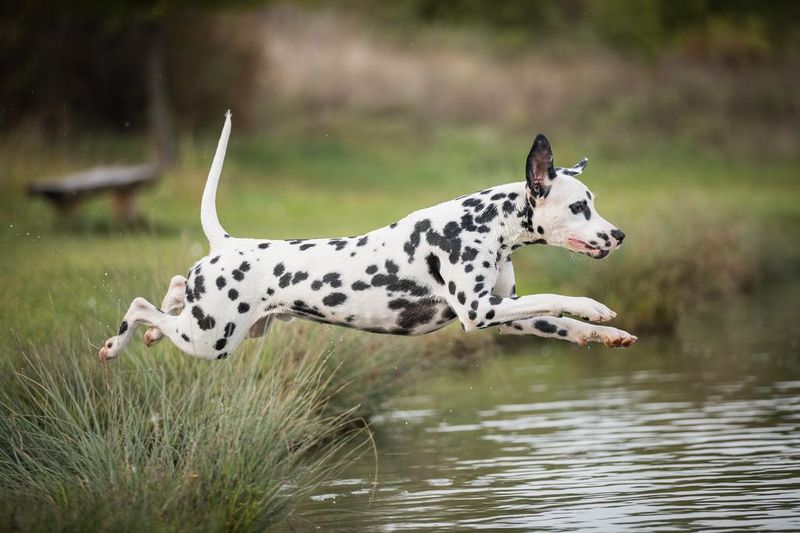
Famous for their distinctive spots, Dalmatians are more often associated with firehouses than hunting fields. Their strong-willed nature and high energy levels can be problematic.
These dogs require disciplined training and ample exercise. Without it, they’re prone to hyperactivity and stubbornness, making them less effective in structured hunting scenarios.
Once used as carriage dogs, their history lacks deep-rooted hunting traditions. Their appeal often lies in their unique appearance rather than hunting prowess.
Did you know? Despite their popularity, Dalmatians are prone to deafness, impacting training efforts.
Bloodhound

Renowned for their extraordinary sense of smell, Bloodhounds are unmatched trackers. Yet, their singular focus on scent can be a disadvantage in hunting scenarios requiring versatility.
Often described as stubborn, Bloodhounds may ignore commands in favor of following a trail. This trait can lead to challenges in the field.
Originally bred for tracking humans and animals over long distances, they are exceptional in pursuit but lack agility and speed.
Fun fact: Bloodhounds have been used in law enforcement due to their incredible tracking abilities.
Chesapeake Bay Retriever
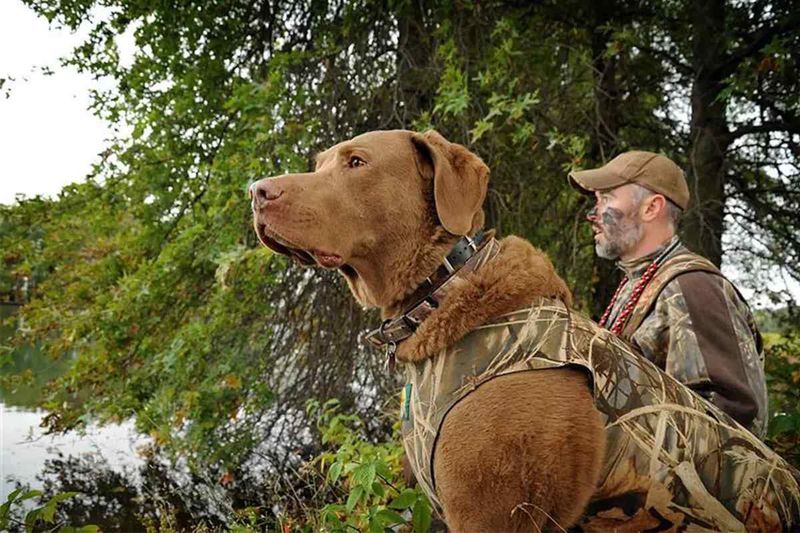
Known for their love of water, Chesapeake Bay Retrievers excel in retrieving waterfowl. However, their strong-willed and independent nature can be challenging.
These dogs require firm, consistent training. Without it, their determination may translate into stubbornness, making them difficult to manage in hunting situations.
Originally bred for retrieving ducks in the Chesapeake Bay, they are rugged and resilient but not always the best choice for novice handlers.
Did you know? Chessies have a distinctive oily coat that helps them stay warm in icy waters.
Rhodesian Ridgeback
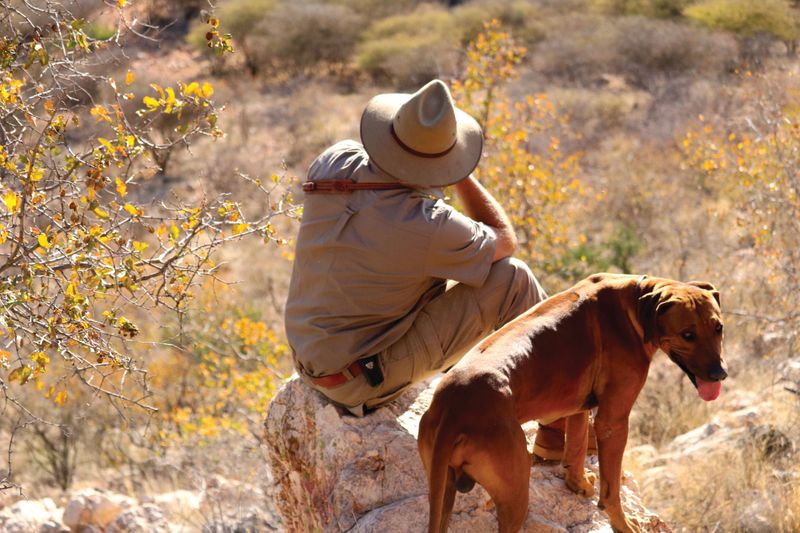
With a regal bearing, the Rhodesian Ridgeback is known for its courage. However, their independent and stubborn nature can pose challenges in hunting.
Bred to hunt lions in Africa, these dogs are strong and fearless. Yet, they need experienced handlers to manage their tenacity.
While they excel in open terrains, Ridgebacks can be unpredictable and may not always follow commands reliably.
Fun fact: The ridge of hair along their back is a unique trait, giving them their name.
Vizsla
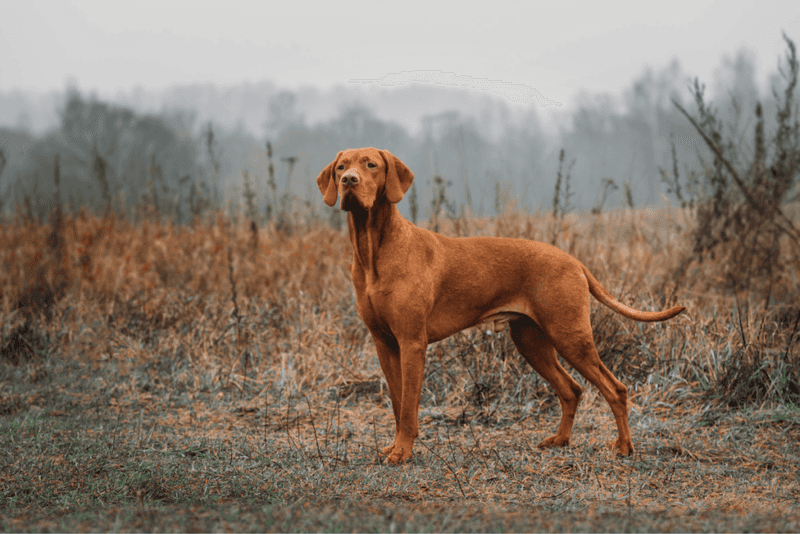
The Vizsla, with its sleek appearance and boundless energy, is often seen as an ideal hunting companion. However, their high energy can be overwhelming for some.
These dogs require extensive exercise and mental stimulation. Without it, they may become anxious and difficult to handle.
Historically used for hunting in Hungary, Vizslas are known for their affectionate nature but can be clingy.
Did you know? The Vizsla is sometimes called the “Velcro dog” due to its tendency to stay close to its owner.
Beagle
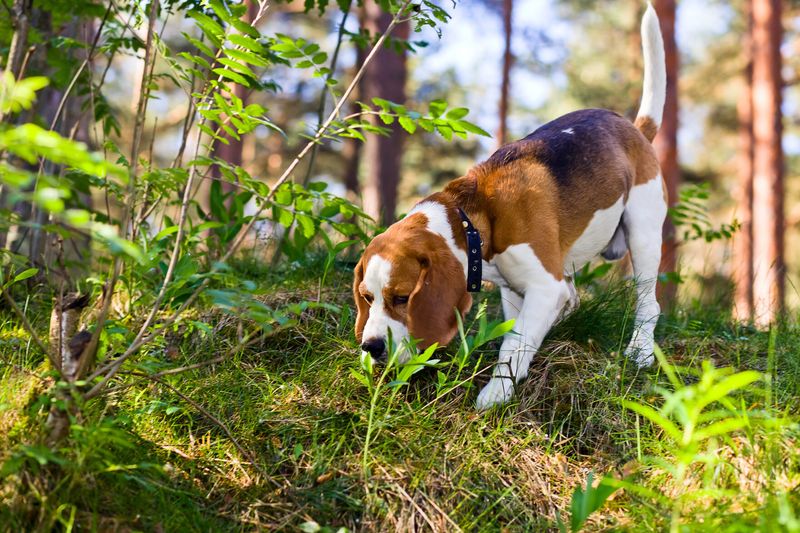
Beagles are celebrated for their excellent noses and merry disposition. Yet, their vocal nature and tendency to wander can be frustrating.
While they’re great at scent tracking, they may be too distracted by various smells, ignoring commands in the process.
Originally bred for hunting hare, their sociable nature can sometimes override their focus on the task at hand.
Fun fact: Beagles are one of the few breeds that can bay, a distinctive sound that can be heard over long distances.
Brittany Spaniel
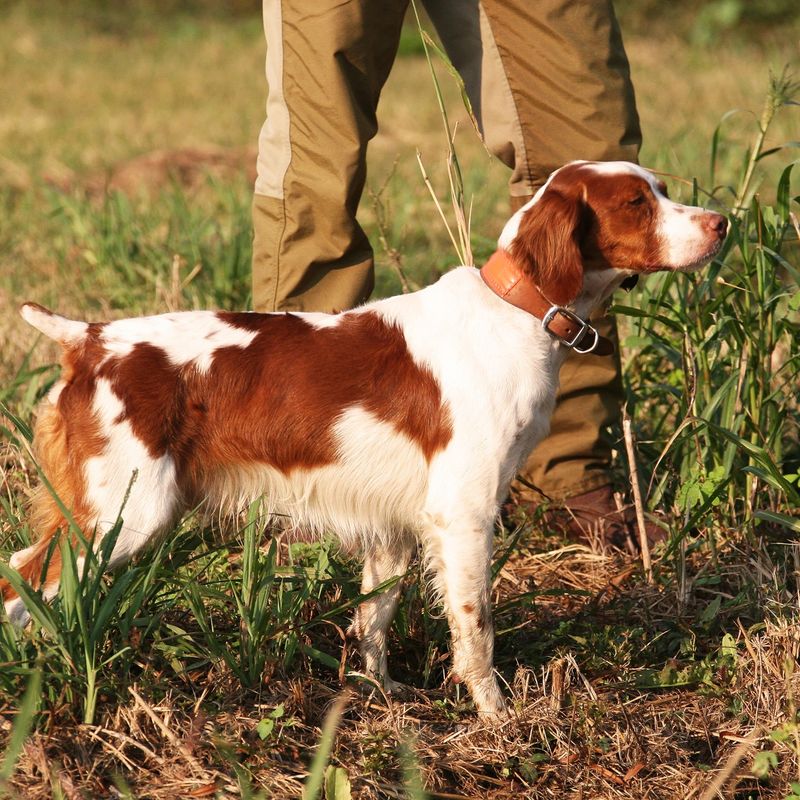
Compact and agile, the Brittany Spaniel is often praised for its versatility. However, their intense energy and need for attention can be challenging.
These dogs thrive with active owners who can provide ample exercise and engagement. Without it, they may become hyperactive and difficult to control.
Originally bred for bird hunting in France, they excel in open fields but may not adapt well to confined spaces.
Did you know? The Brittany is named after the Brittany region in France, where it was first developed.
Setter

Setters, with their elegant coats and graceful stance, are often associated with class. However, their demanding care requirements can overshadow their hunting skills.
These dogs require regular grooming and exercise. Their independent nature can make training difficult, especially for new handlers.
Originally bred to “set” or locate game birds, they’re skilled but may not always be the easiest companions.
Did you know? Setters have been popular hunting dogs since the 16th century, often favored by nobility for their beauty and skill.
American Foxhound

American Foxhounds are known for their endurance and friendly nature. Yet, their strong hunting instincts can make them challenging pets.
These dogs need extensive space and exercise to thrive. Without it, they may become bored and vocal, causing disruptions.
Bred for fox hunting, they excel in packs but may not always respond well to solitary training.
Fun fact: George Washington was an avid fan of the breed, owning several at his estate.
Norwegian Elkhound
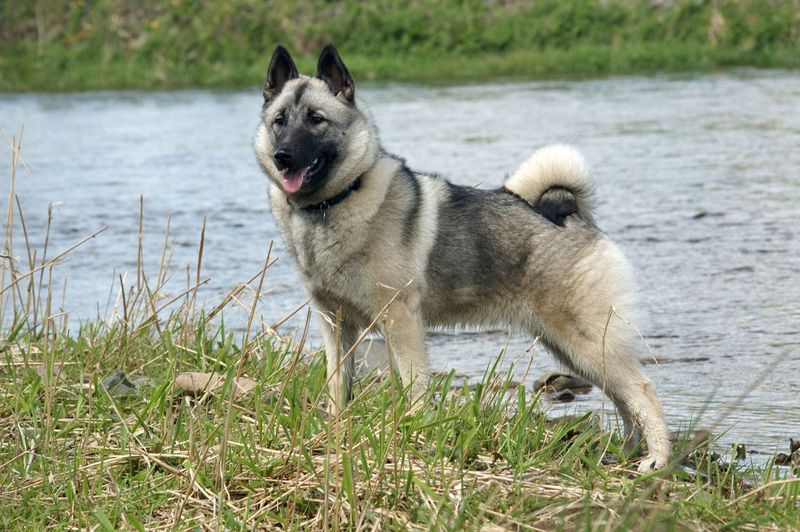
The Norwegian Elkhound, with its wolf-like appearance, commands attention in any setting. Yet, this breed often surprises owners with its independence, sometimes mistaken for stubbornness. Despite its strong build and keen senses, the Elkhound can be challenging to train for hunting purposes.
Training requires patience and consistency, as these dogs prefer to follow their own path. Their ancient lineage as guardians and hunters of large game does not always translate to modern hunting expeditions.
Interestingly, the Elkhound is better suited as a family companion than a hunting partner, thriving in homes rather than fields.

